10 U.S. States Full Of Wolves And 5 Where They Struggle To Survive
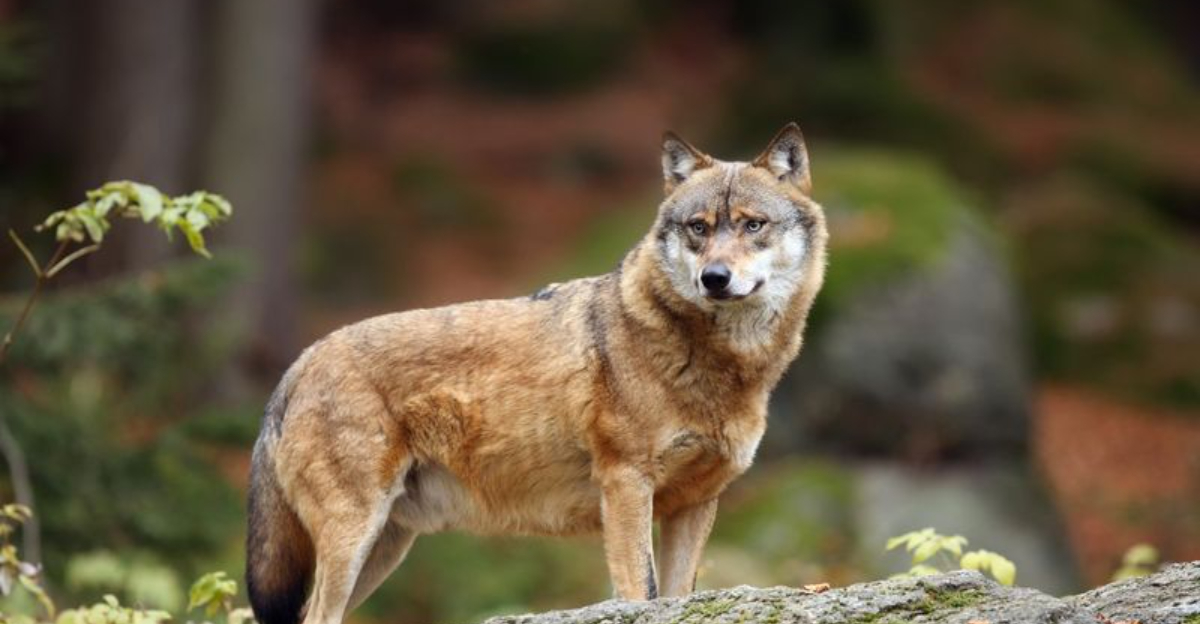
Wolves once roamed freely across America, but their numbers dwindled dramatically as settlers expanded westward. Today, these magnificent predators have made impressive comebacks in some regions while facing serious challenges in others.
Let’s explore which states have thriving wolf populations and where these iconic animals are fighting to maintain a foothold in the wild.
1. Alaska’s Wilderness Haven
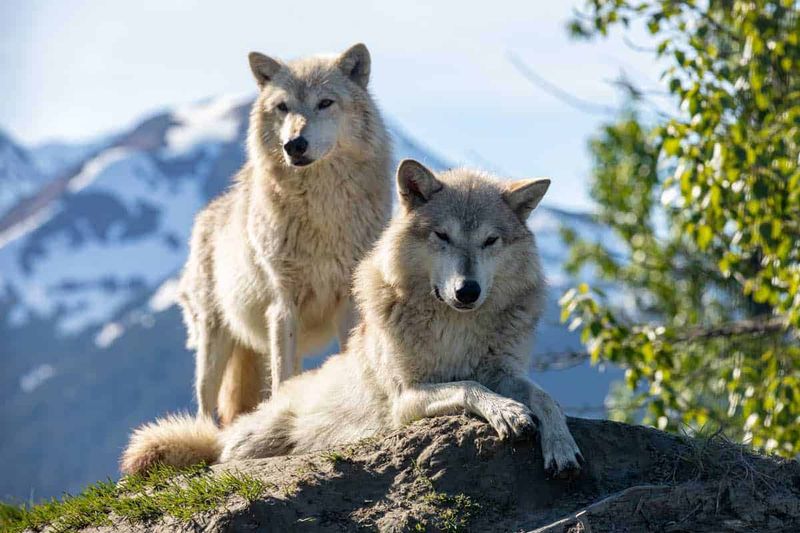
Untamed tundra and vast forests create the perfect backdrop for North America’s largest wolf population. An estimated 7,000-11,000 wolves roam freely across Alaska’s rugged landscape.
These adaptable predators thrive in the Last Frontier’s remote areas, where human interference remains minimal and prey animals like caribou and moose are plentiful.
2. Minnesota’s Wolf Country
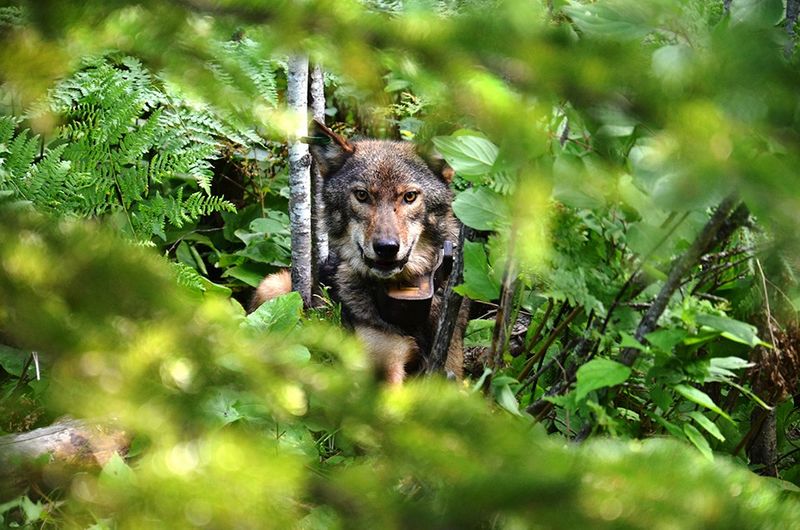
Beneath the northern lights, over 2,700 wolves patrol Minnesota’s forests, representing the largest population in the lower 48 states. These social creatures travel in packs of 5-8 members through the state’s dense woodlands.
The wolves here have never been completely eliminated, making Minnesota unique among states east of the Mississippi River.
3. Montana’s Resilient Packs
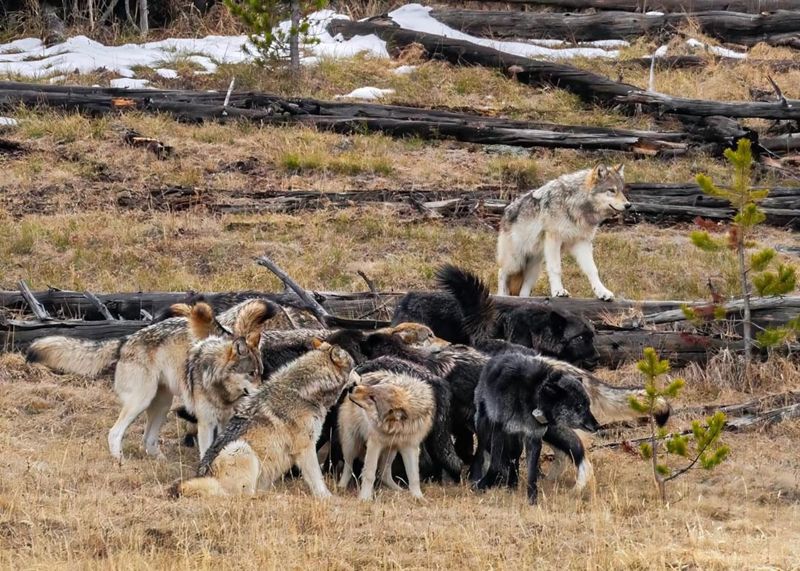
Howls echo through Montana’s mountain valleys where approximately 1,200 wolves have established territories. The reintroduction efforts here tell a remarkable comeback story after wolves were completely wiped out in the early 1900s.
Yellowstone’s northern reaches provide critical habitat, where visitors occasionally glimpse these elusive predators hunting across the landscape.
4. Idaho’s Controversial Canids
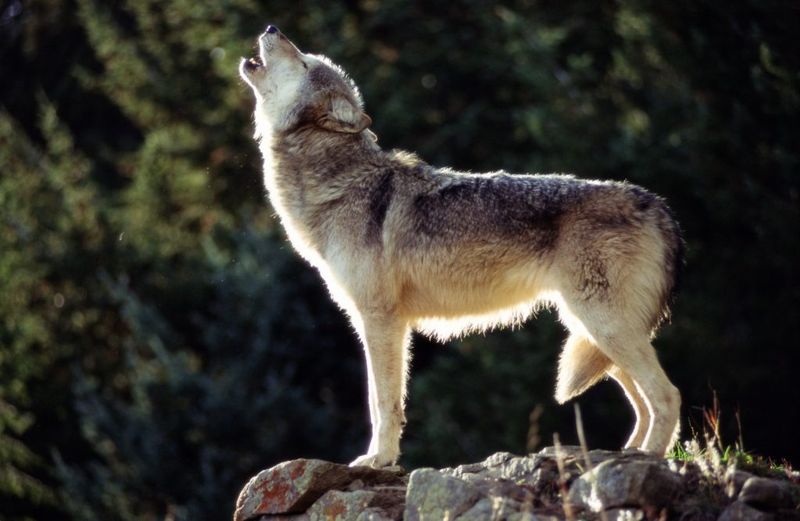
Rugged mountains and remote wilderness areas shelter roughly 1,500 wolves across Idaho’s varied terrain. Their successful rebound has sparked heated debates between conservationists and ranchers concerned about livestock predation.
Despite controversial management policies, these intelligent predators continue to expand their range throughout the state’s challenging backcountry, demonstrating remarkable adaptability.
5. Washington’s Returning Wanderers
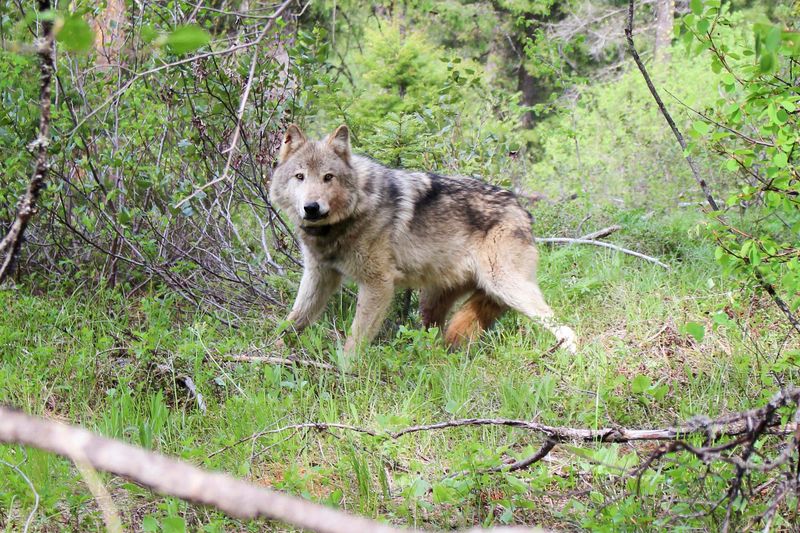
Against all odds, wolves have naturally returned to Washington’s forests after being completely exterminated decades ago. Currently around 200 wolves form at least 33 packs, primarily in the state’s northeastern and central regions.
The Cascade Mountains now echo with howls once again as these resourceful predators gradually reclaim their ancestral hunting grounds.
6. Oregon’s Growing Canine Communities
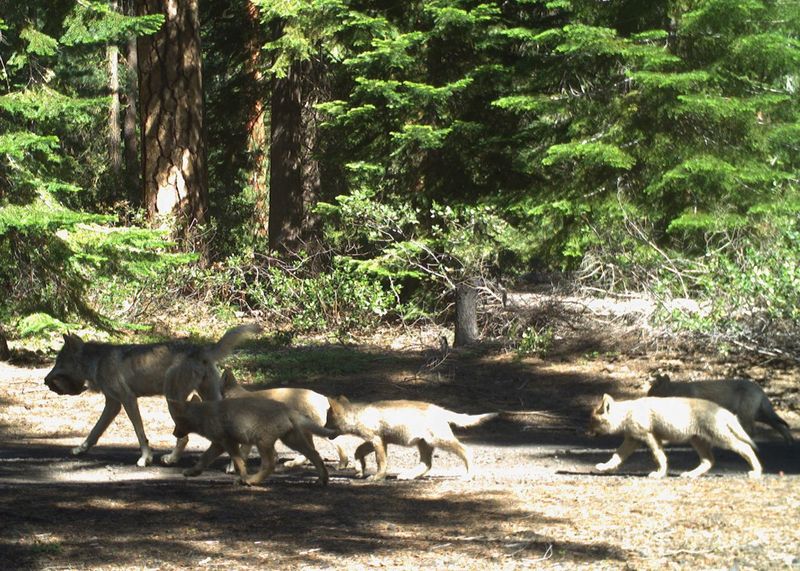
Like nature’s own pioneers, wolves have steadily moved westward into Oregon from neighboring Idaho. Around 175 wolves now call this diverse state home, with most packs established in the northeast corner.
Their return has transformed local ecosystems, creating ripple effects that benefit everything from vegetation patterns to beaver populations through what scientists call trophic cascades.
7. Wyoming’s Yellowstone Success Story
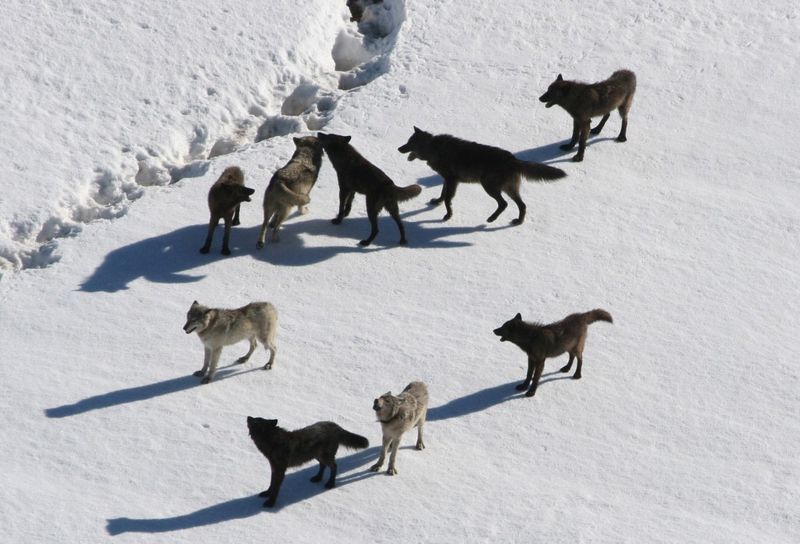
From just 41 reintroduced wolves in 1995-96 to approximately 500 today, Wyoming’s wolf recovery represents one of conservation’s greatest triumphs. Yellowstone National Park serves as the heart of this resurgence, where visitors flock hoping to glimpse these legendary predators.
Research here has revealed wolves’ crucial role in maintaining healthy ecosystems through their hunting of elk and deer.
8. Michigan’s Isle Royale Mystery
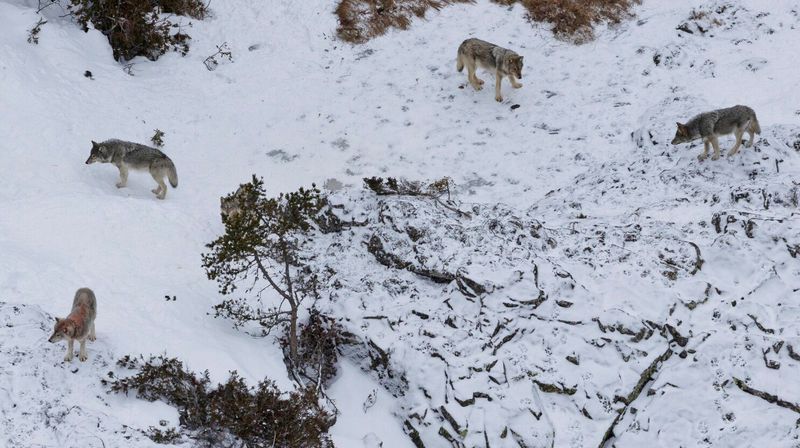
Surrounded by Lake Superior’s frigid waters, Isle Royale National Park hosts a fascinating wolf population that scientists have studied for over 60 years. This isolated island laboratory has taught researchers volumes about predator-prey relationships.
After nearly disappearing completely, new wolves were brought to the island in 2018, breathing fresh life into this unique ecosystem where moose and wolves play an ancient dance.
9. Wisconsin’s Northwoods Residents
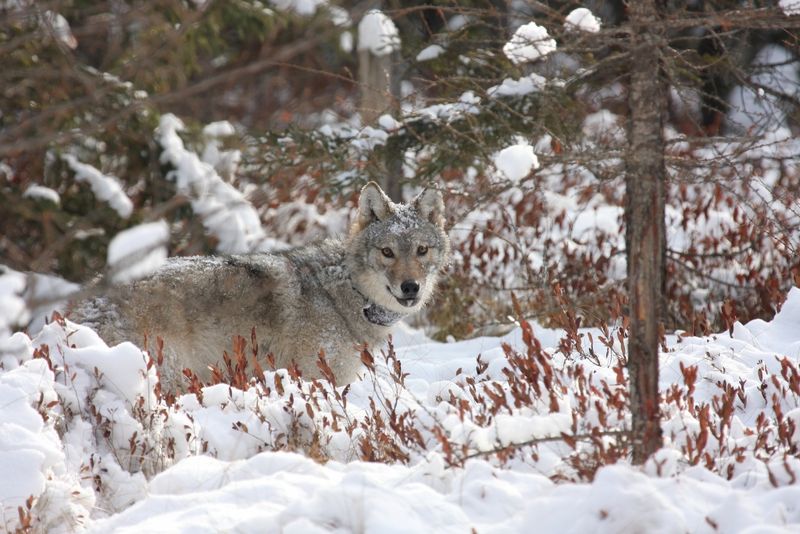
Tucked among Wisconsin’s pristine lakes and dense forests, approximately 1,000 wolves have established themselves as apex predators once again. Their recovery here represents a wildlife management victory that few thought possible just decades ago.
These intelligent hunters have proven remarkably adaptable, thriving despite the challenges of living in a state with significant human population and agricultural activity.
10. New Mexico’s Mexican Wolf Haven
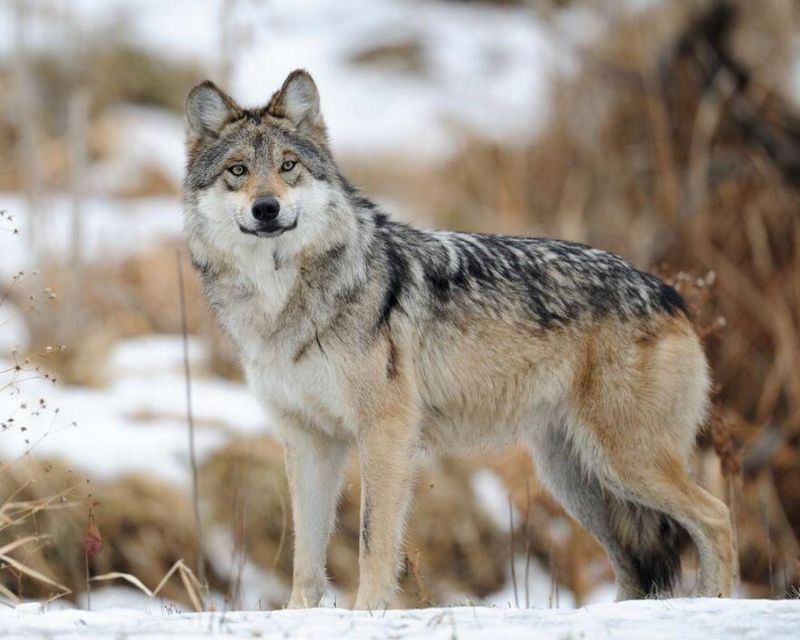
Smaller and more endangered than their northern cousins, Mexican gray wolves are making a tentative comeback in New Mexico’s wild spaces. Roughly 200 of these distinctive wolves, with their characteristic reddish ears and legs, now roam the state’s southern mountains.
Every new pup represents hope for this critically endangered subspecies that once nearly vanished from the planet entirely.
11. Arizona’s Desert Wolves
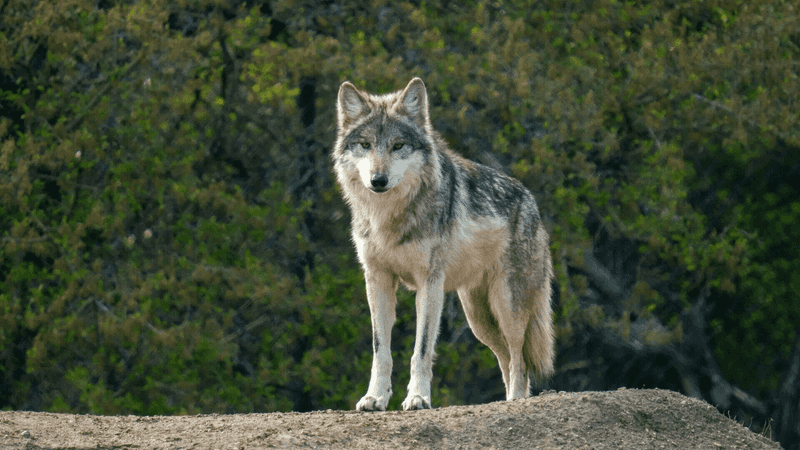
Against the backdrop of saguaro cacti and pine-topped mountains, Arizona harbors the world’s most endangered wolf subspecies. Mexican gray wolves number just over 100 in the wild here, primarily in the eastern forests along the New Mexico border.
These adaptive predators face unique challenges hunting in arid environments where prey is more scattered and water sources are limited.
12. California’s Lone Wanderers
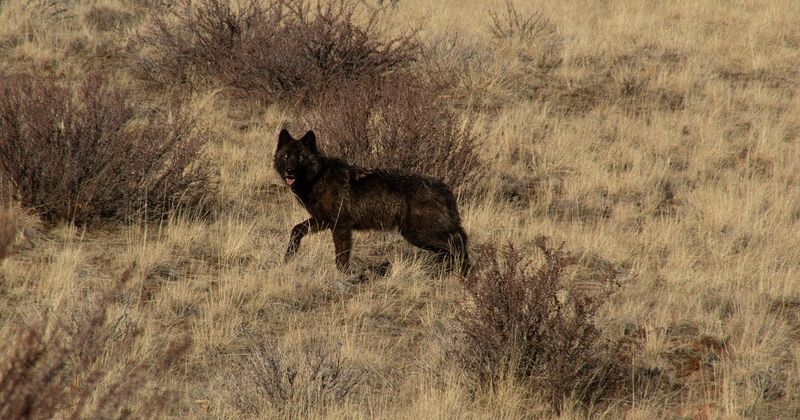
After a nearly 100-year absence, wolves have begun tentatively returning to California on their own four paws. The state’s first established pack, the Shasta Pack, appeared in 2015, followed by several others, though numbers remain extremely low.
Each wolf that crosses into California must navigate a complex landscape of highways, ranches, and developed areas, making their survival precarious at best.
13. Colorado’s Controversial Newcomers
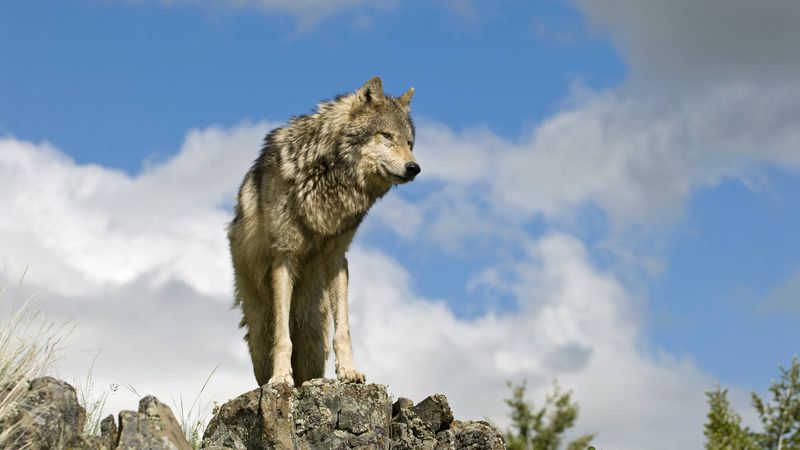
Through a groundbreaking 2020 ballot initiative, Colorado became the first state where voters—not wildlife officials – mandated wolf reintroduction. The first released wolves are just beginning to establish territories in the state’s western mountains.
Their arrival has sparked heated debates between those who welcome the ecological benefits and others concerned about impacts on ranching and hunting.
14. Utah’s Missing Predators
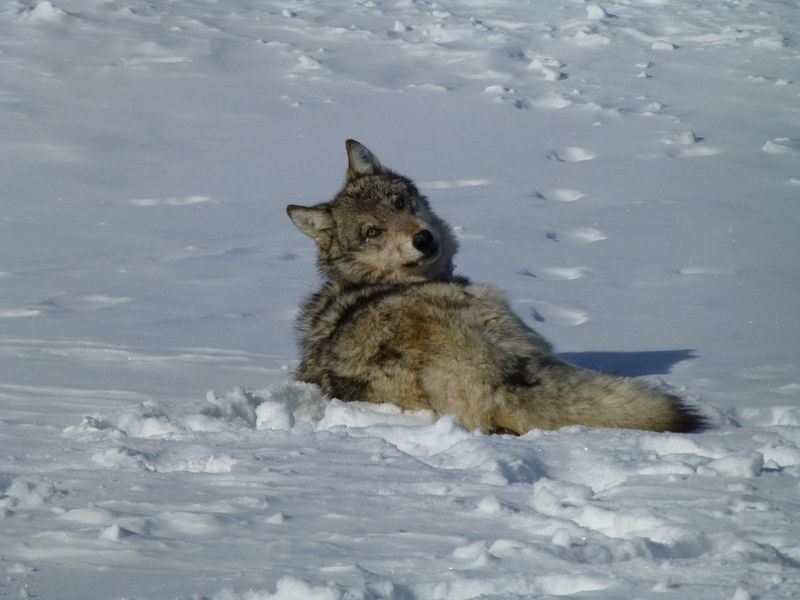
Despite suitable habitat throughout its mountains and forests, Utah remains largely wolf-free. Occasional lone wanderers from Idaho or Wyoming venture into northern Utah only to disappear or be killed before establishing territories.
The state’s official policy actively discourages wolf presence, with laws that would allow immediate hunting if federal protections were removed, making wolf recovery here particularly challenging.
15. Texas’ Lost Lobos
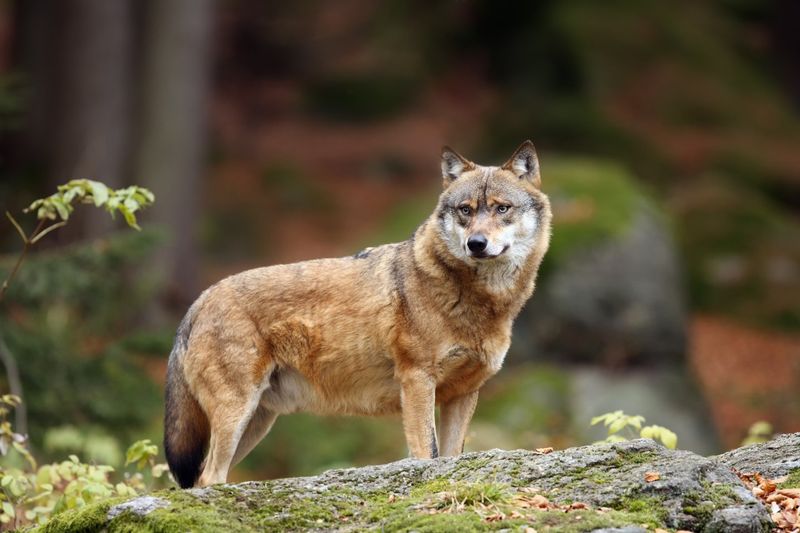
Across the vast Texas landscape, wolves once roamed freely but have been completely eradicated for nearly a century. The state’s eastern forests and western mountains could support wolf populations, yet official opposition remains strong.
Mexican gray wolves occasionally cross from Mexico into remote Big Bend region but face immediate removal, preventing any chance of natural reestablishment in this historically important wolf habitat.






